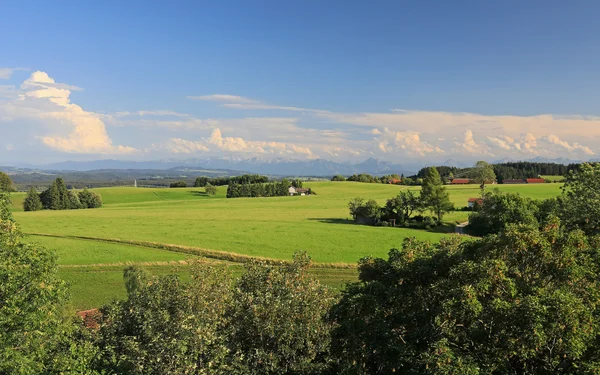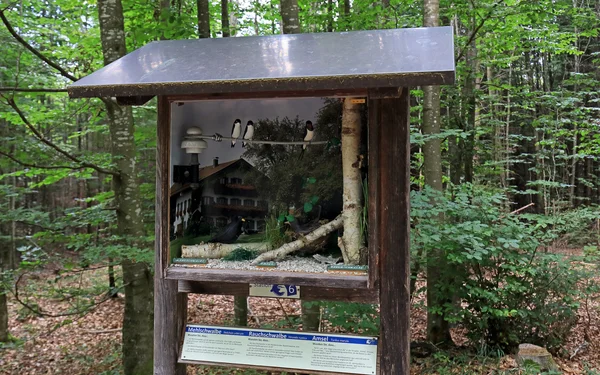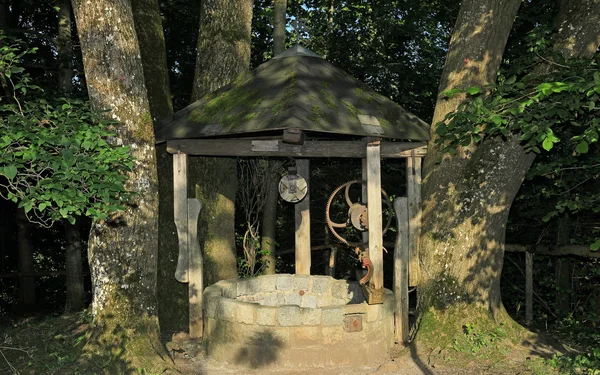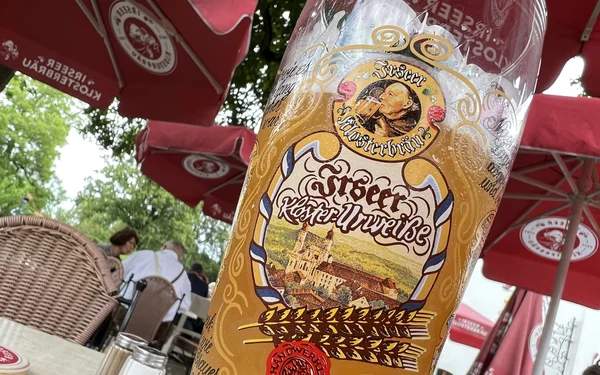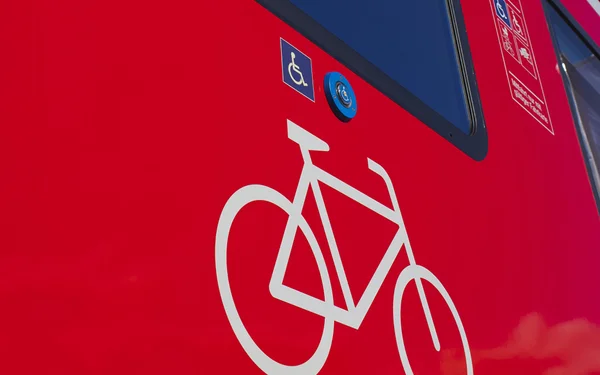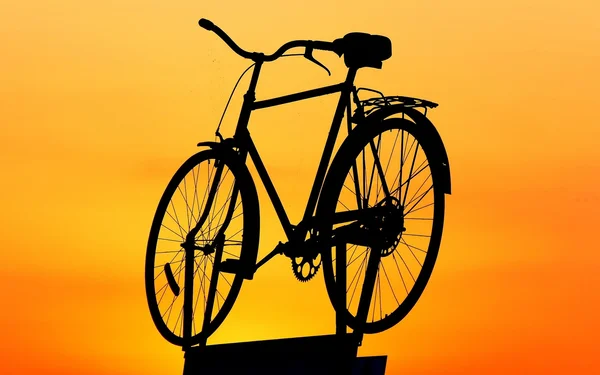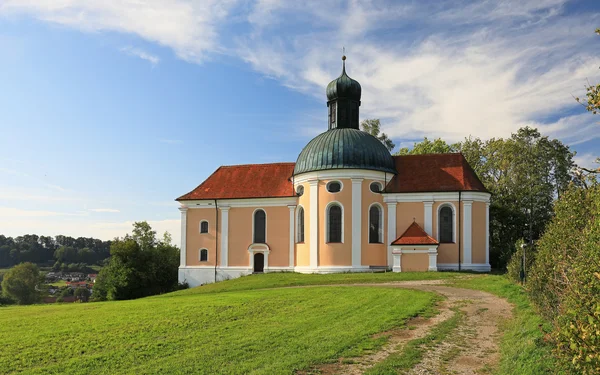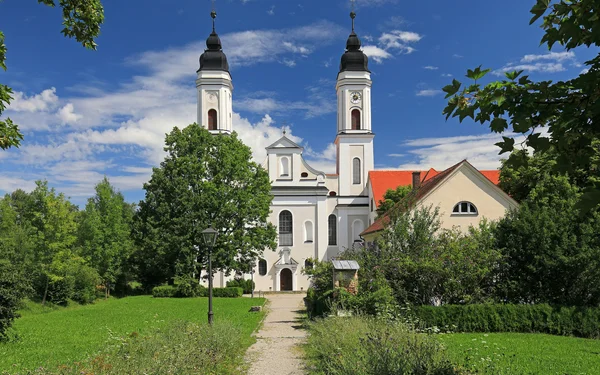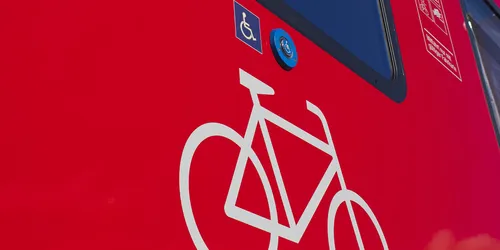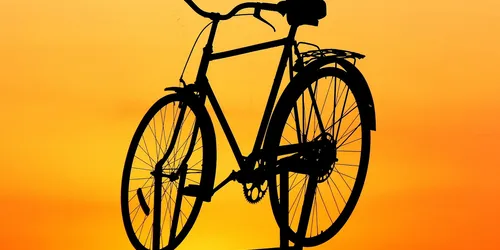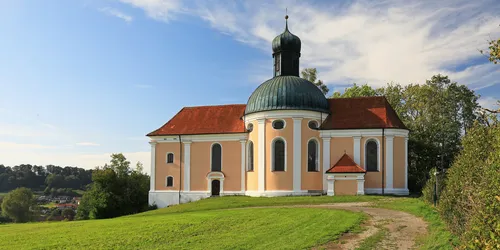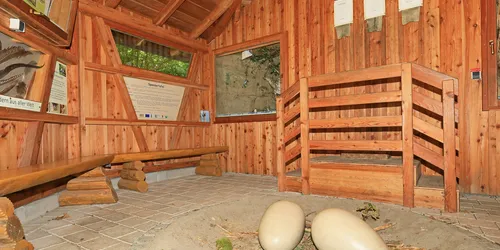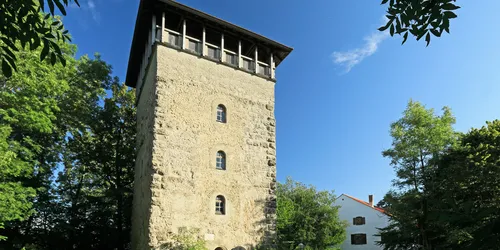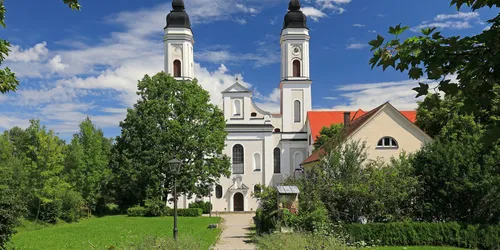Around Bad Wörishofen
A varied cycle tour with great views
Bad Wörishofen
6 h
47 km
This extensive cycle tour offers views and insights, which requires a bit of fitness, but also offers plenty of highlights and rest points. You will visit baroque church buildings and a Roman tower built in the Middle Ages. From there, the view sweeps into the distance as far as the Allgäu Alps and the Karwendel. On a special forest walk, you will learn to take a closer look and perhaps discover a local bird or two. The Sunday question on this tour: will you choose the former office of a castle or the brewery inn of a monastery for a break?
A cycle tour for nature lovers, culture enthusiasts, explorers and connoisseurs
Arrive relaxed and hire bikes from local hire companies. The capacity for taking bikes on the trains is limited and, depending on capacity utilisation, it is not possible to guarantee that you will be able to take your own bike with you.
Start and end station
Start station
Bahnhof Bad Wörishofen
6 tour steps
47 km / 6 Stunden
End station
Bahnhof Bad Wörishofen
Our tip: Please make sure to check your train connection and the expected capacity before you start your journey.
Schedule
Tour starts on Bahnhof Bad Wörishofen
Direction
Bahnhofplatz 1
86825
Bad Wörishofen
Direction
Rosenstraße 1
86825
Bad Wörishofen
Direction
Direction
Direction
Beim Römerturm 15
87600
Kaufbeuren
Direction
Klosterring 8
87660
Irsee
